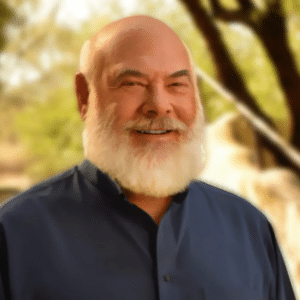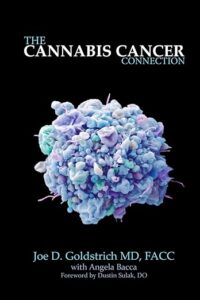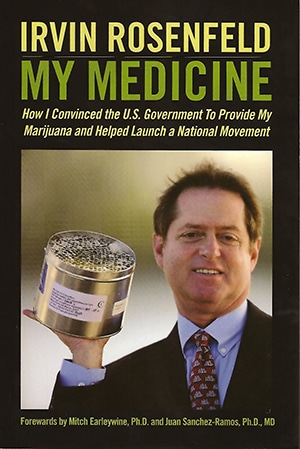Move over 420. August 28th should be a national cannabis holiday.
On that day in 1964, folk legend Bob Dylan ascended the elevator of the Delmonico Hotel on Park Avenue in Manhattan for a momentous first meeting with the Beatles, who were touring the United States. Beatlemania was then at its peak, and twenty police stood guard in the corridor as Dylan and his entourage entered the Beatles’ sixth-floor hotel suite.
After an exchange of courtesies, Dylan suggested that they all smoke some grass. He was surprised to learn that the Beatles were marijuana virgins. Dylan had a bag of weed with him and he tried to roll a joint. But Bob was all thumbs, so his driver and close friend Victor Maymudes did the deed. Blinds were drawn and towels carefully placed before locked doors to hide the smell. Dylan lit the reefer and a few minutes later everyone was laughing uproariously.
“We were kind of proud to have been introduced to pot by Dylan,” Paul McCartney later remarked. “That was rather a coup.”
Cannabis was quite different from the purple hearts and other uppers that the Beatles had taken to keep pace with the rigors of the late-night club circuit in Germany and the UK. Marijuana eased them into a soft yet lively space, a cushioned reprieve from the bizarre fishbowl sensation—the hysterical fans, the constant media attention—that accompanied their vertiginous rise to rock stardom. From that day forward, the Beatles would consume cannabis on a regular basis. And whenever John Lennon felt like getting stoned, he would say, “Let’s ’ave a larf!”





